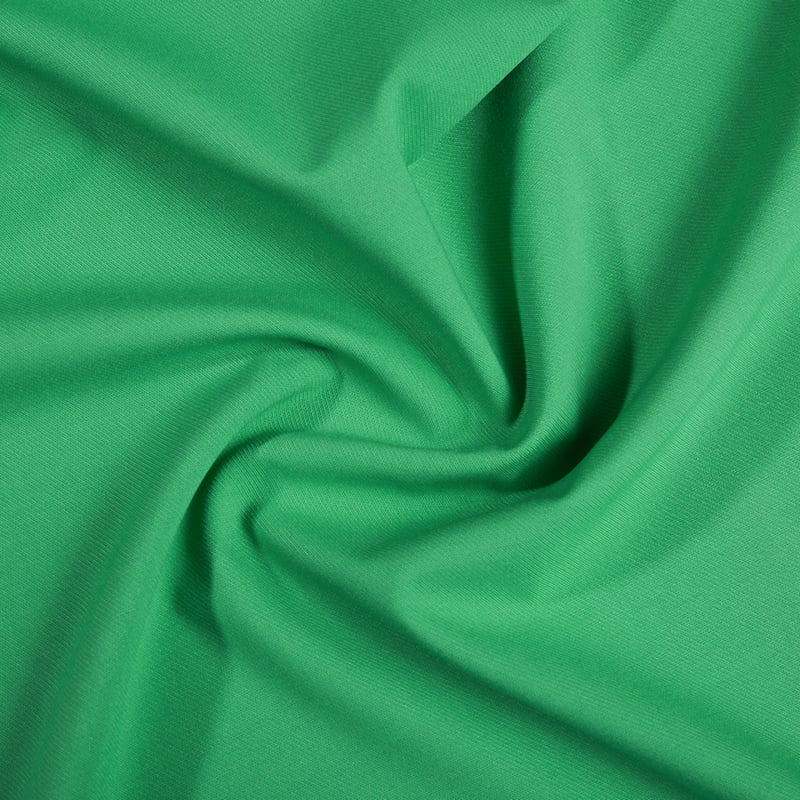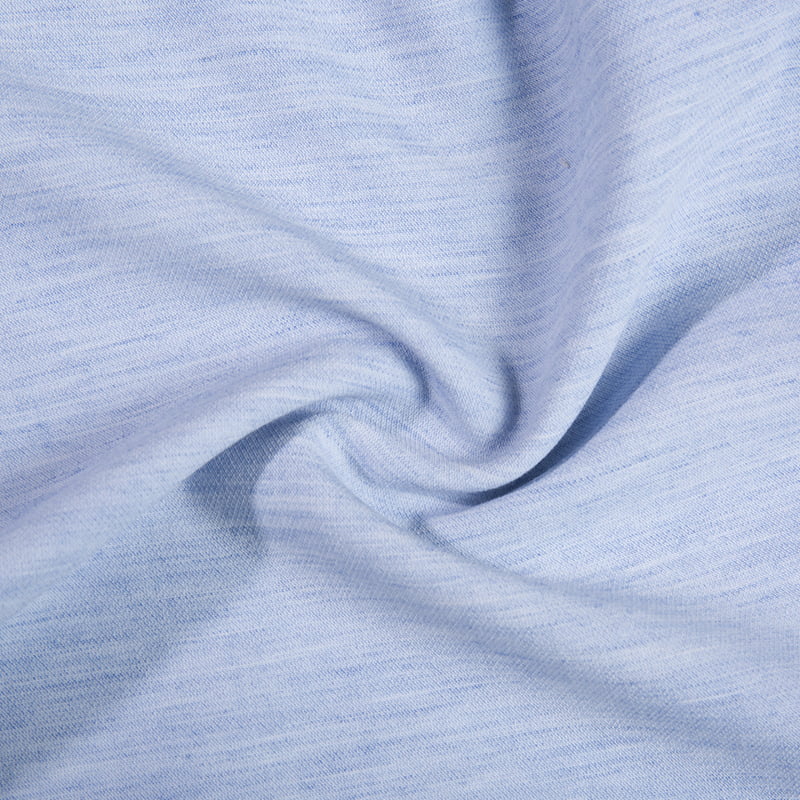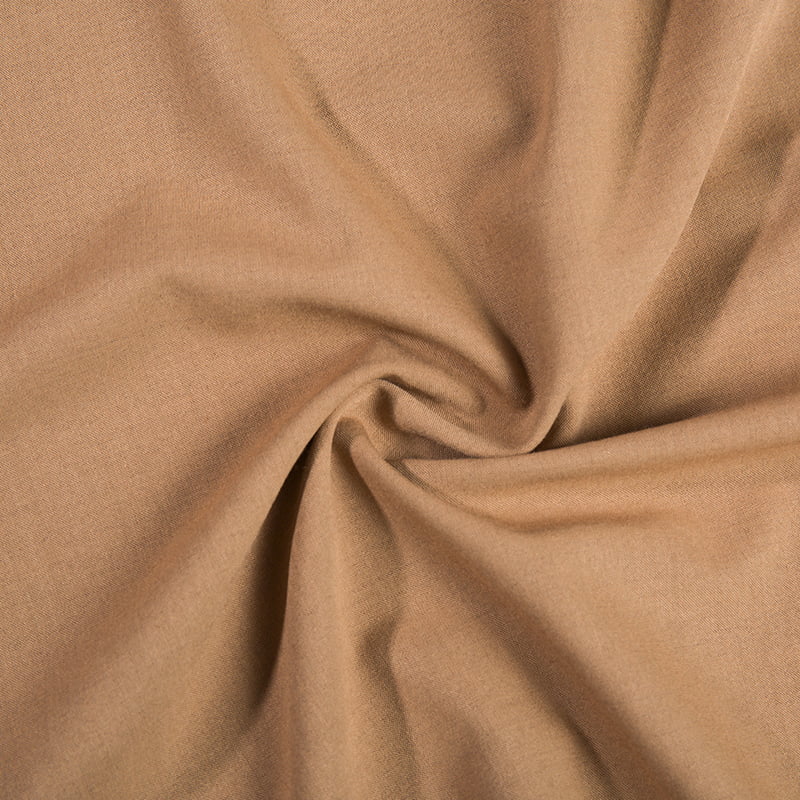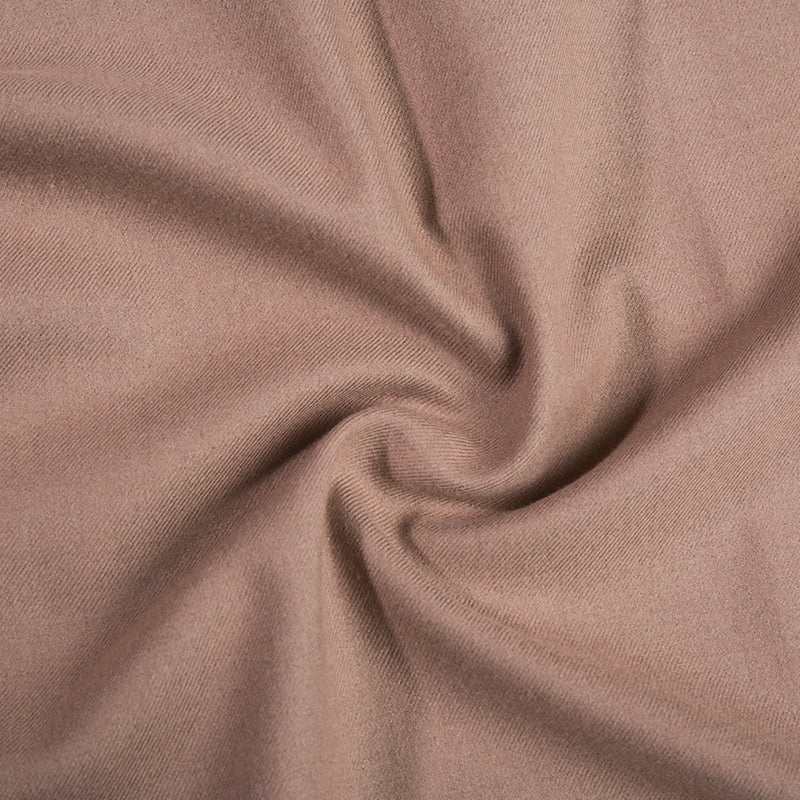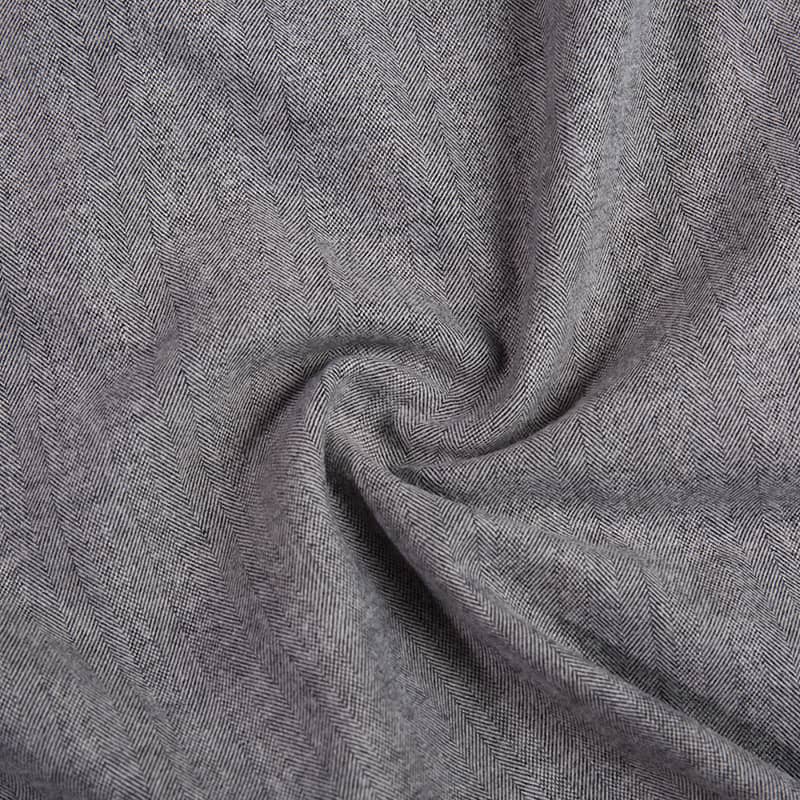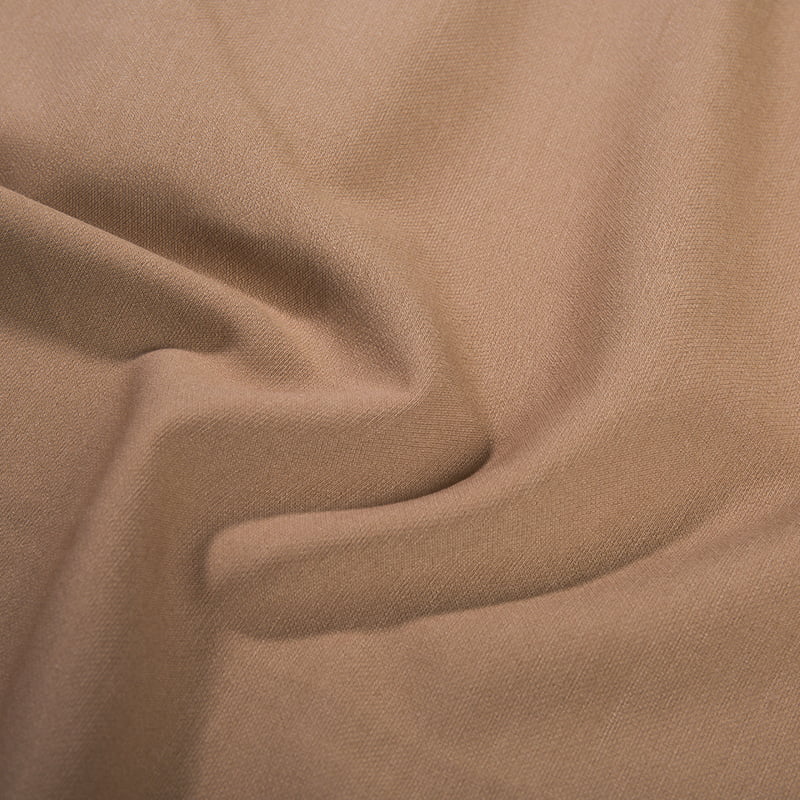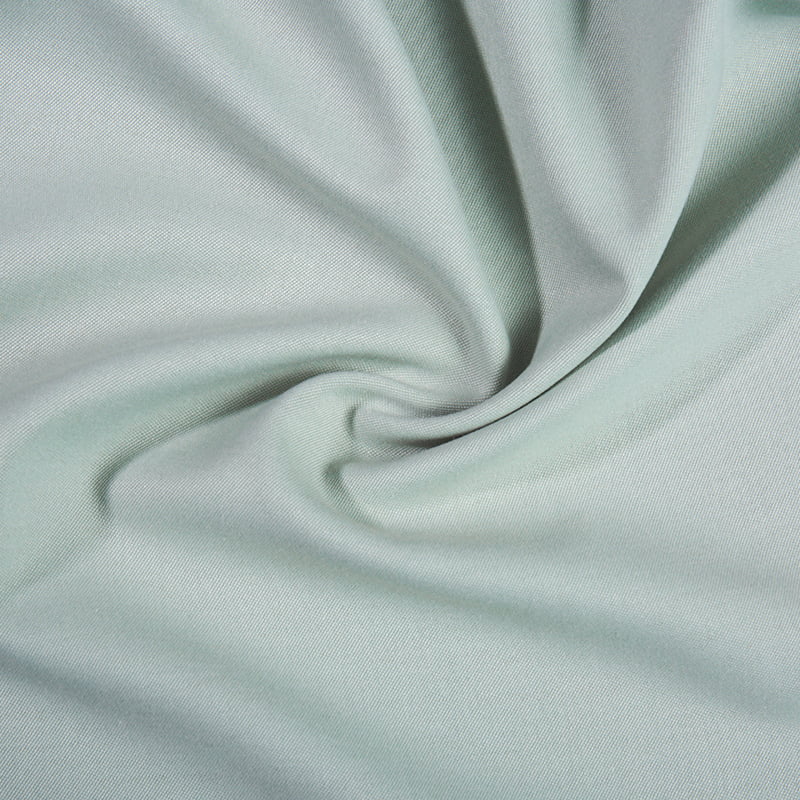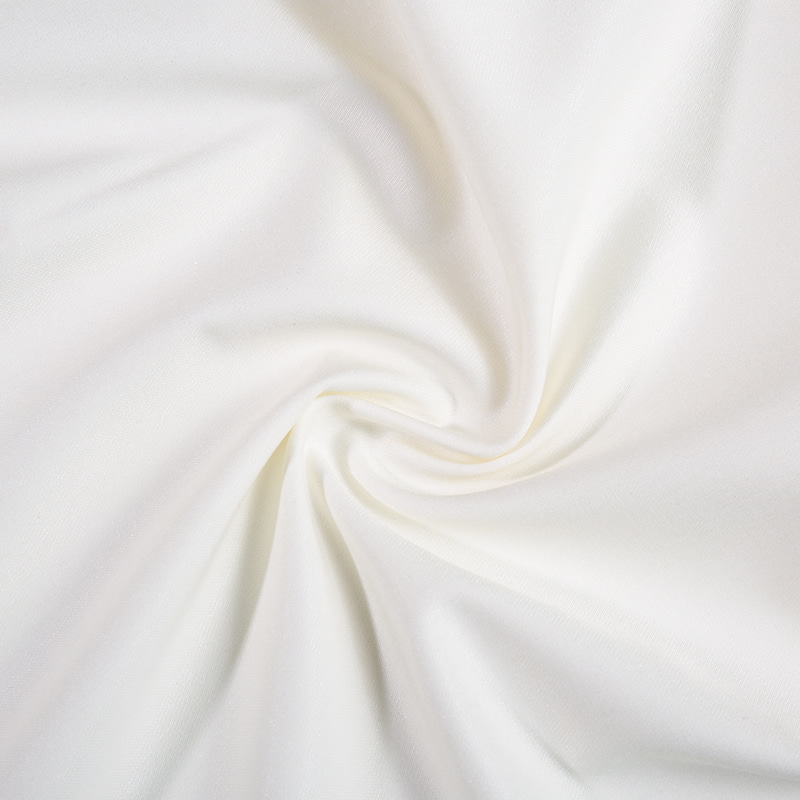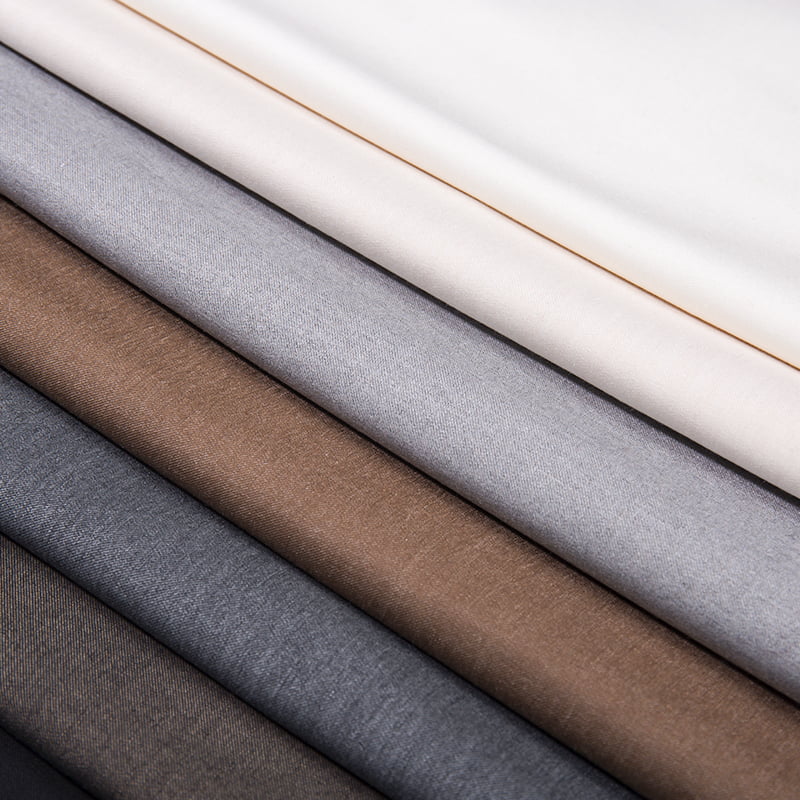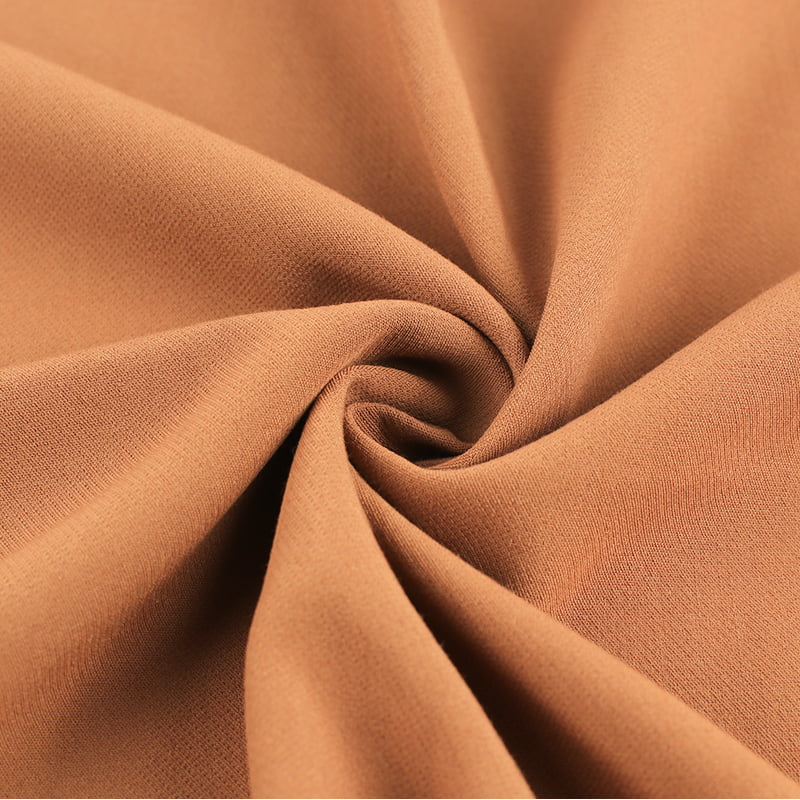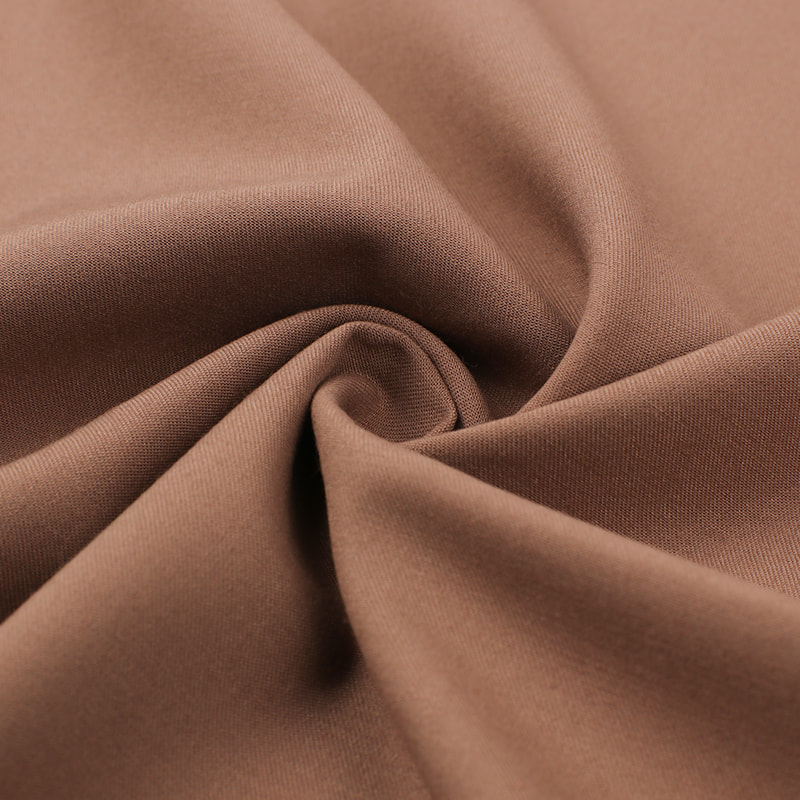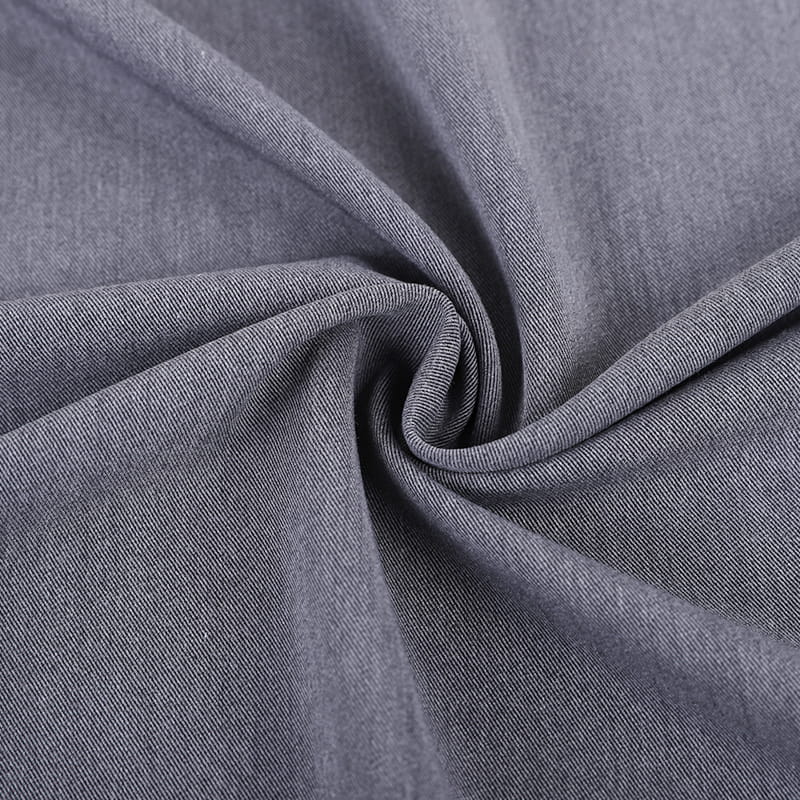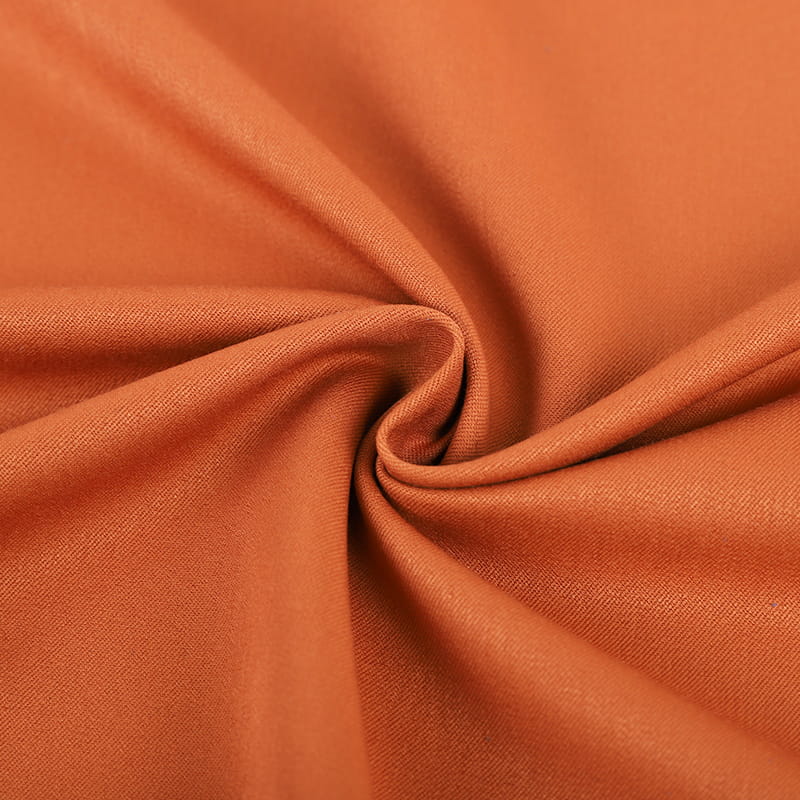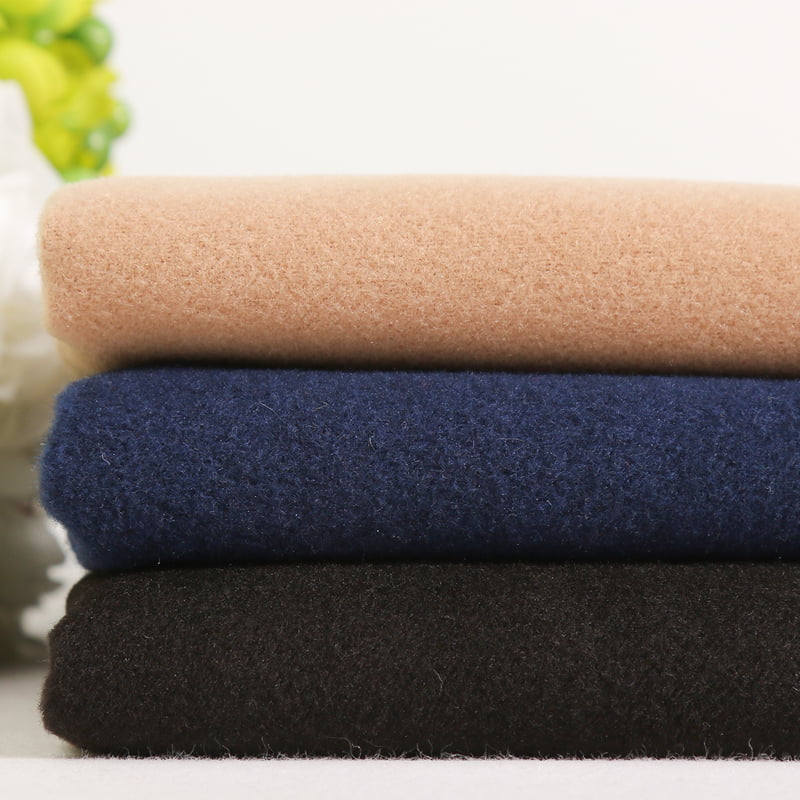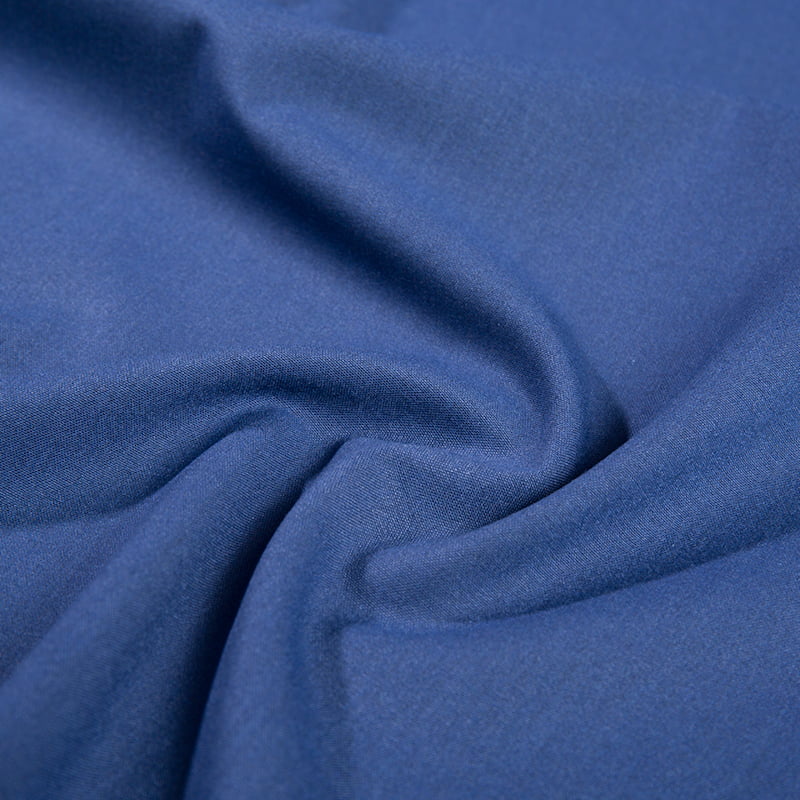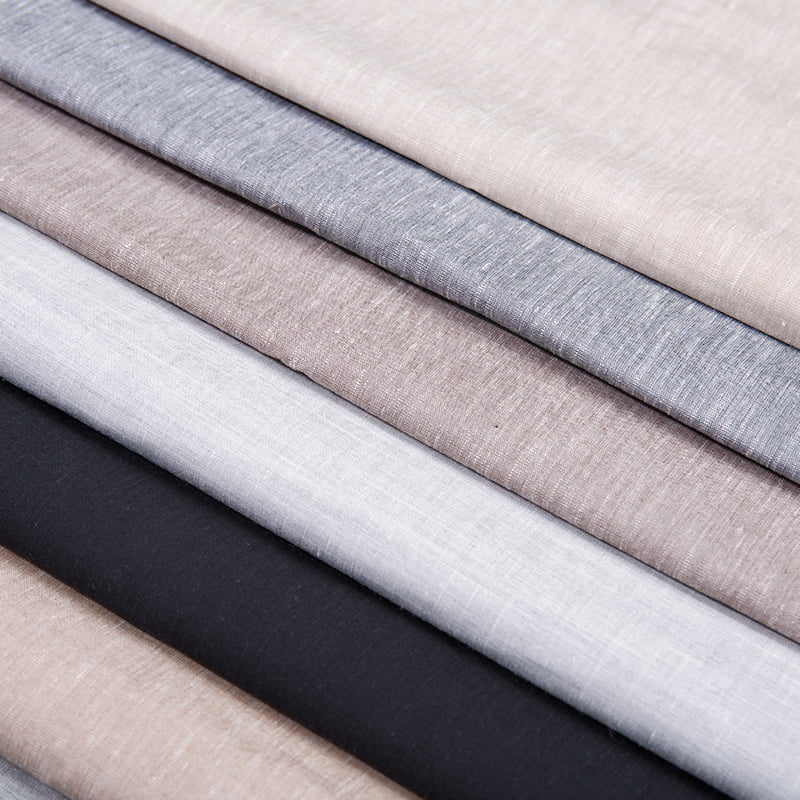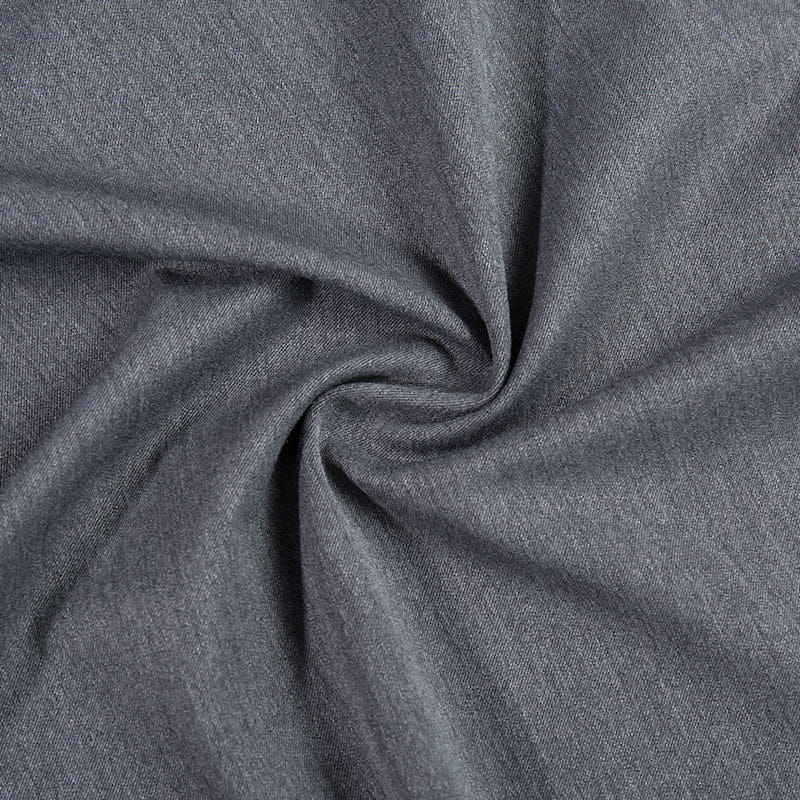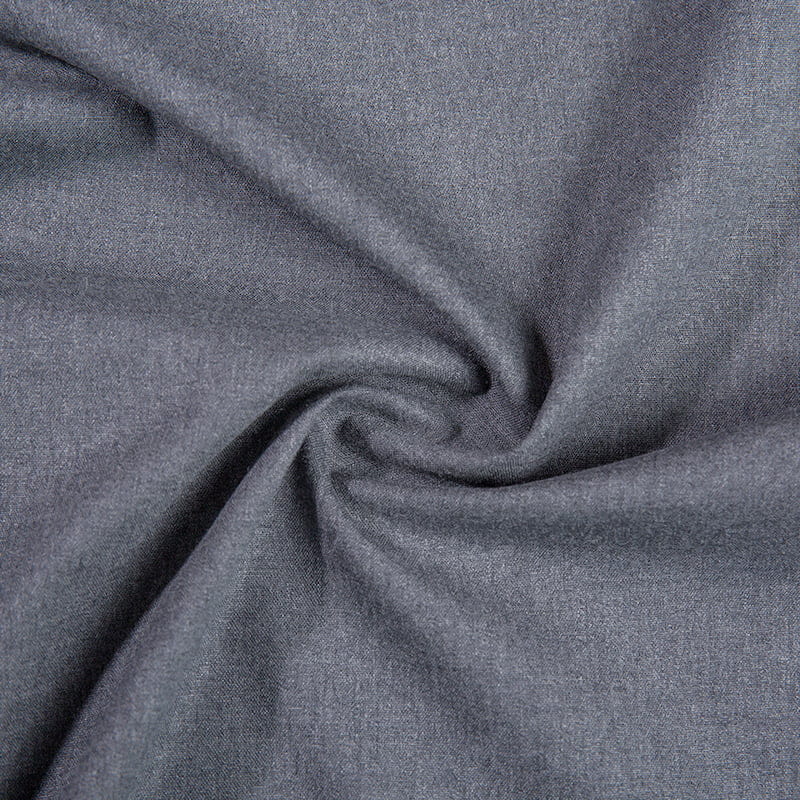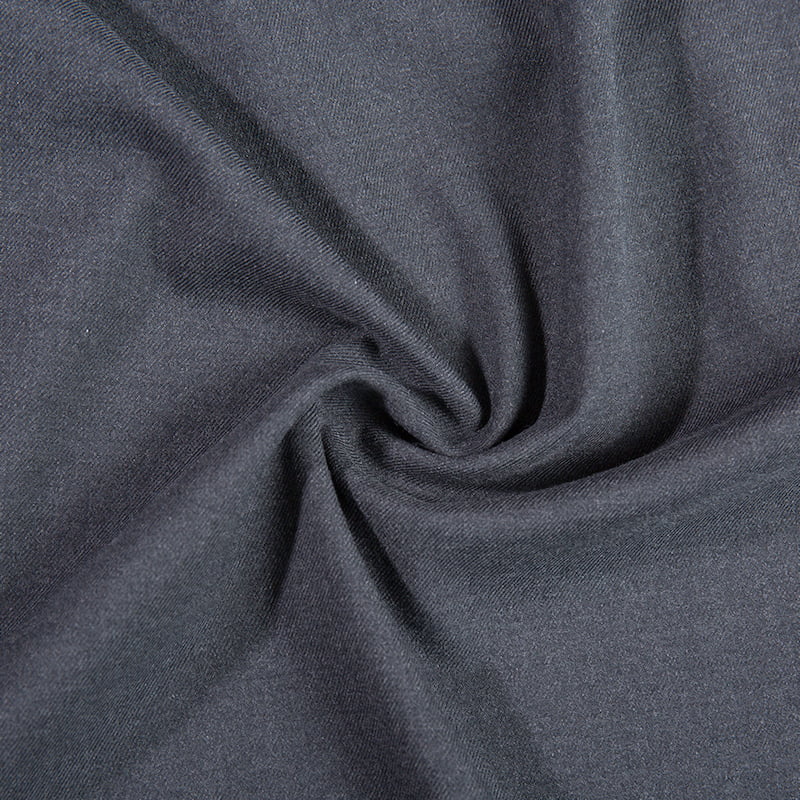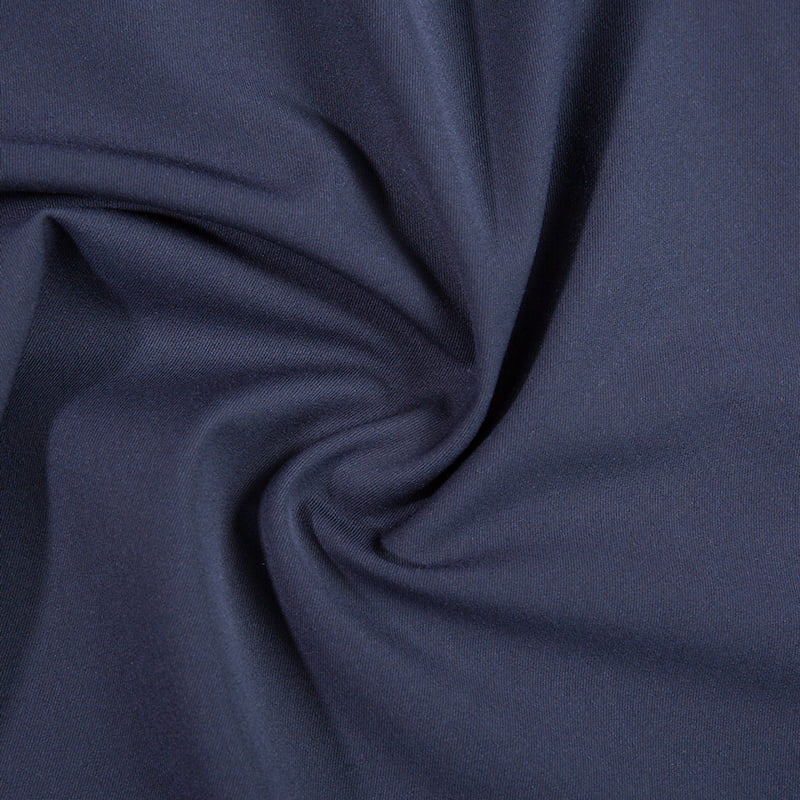In the evolving landscape of business attire, TR fabrics have gained prominence as a key material for modern suits. This guide examines the factors behind their popularity, providing a factual overview of their characteristics, uses, and advantages. TR fabrics, which refer to blends of polyester and viscose rayon, offer a balance of durability, comfort, and affordability, making them a practical option for contemporary professional wear.
Types of TR Fabrics
TR fabrics are typically composed of polyester and viscose in varying ratios, such as 65% polyester and 35% viscose or 55% polyester and 45% viscose. The polyester component contributes to strength and wrinkle resistance, while viscose adds softness and breathability. Variations may include finishes like moisture-wicking or anti-static treatments, enhancing functionality for business environments. These types are engineered to meet standards for suit construction, ensuring consistent quality.
Applications in Business Suits
TR fabrics are widely used in business suits due to their practical properties. They provide a crisp appearance with minimal maintenance, as they resist creasing and retain shape well during long wear. The fabric's drape and luster mimic higher-end materials, making it suitable for tailored suits that require a polished look. Additionally, TR fabrics are often used in blends for blazers and trousers, supporting versatility in professional wardrobes. Their adaptability to different climates—offering moderate breathability in warm conditions and insulation in cooler settings—further solidifies their role in modern suiting.
Comparisons with Other Fabrics
When compared to traditional suit materials, TR fabrics exhibit distinct characteristics. For instance, wool suits are known for natural breathability but may require more care, while pure polyester can be less comfortable due to reduced moisture absorption. TR fabrics combine the resilience of polyester with the comfort of viscose, resulting in a cost-effective alternative that maintains a professional aesthetic. It is important to note that each fabric type has specific applications; TR fabrics are often selected for their balance of performance and value in business contexts.
Frequently Asked Questions (FAQs)
Q: What does "TR" stand for in TR fabrics?
A: TR denotes a blend of polyester (often referred to as Terylene) and viscose rayon. This combination is designed to leverage the strengths of both fibers.
Q: How should suits made from TR fabrics be cared for?
A: TR fabric suits are generally machine-washable or easy to clean, but following manufacturer guidelines is recommended. They tend to dry quickly and hold up well to frequent wear.
Q: Are TR fabrics suitable for all seasons?
A: Yes, their moderate breathability and adaptability make them appropriate for year-round use, though specific blends may vary in thermal properties.
Q: Why are TR fabrics considered a practical choice for business suits?
A: They offer durability, ease of maintenance, and a professional appearance at a accessible price point, aligning with the demands of modern work environments.
TR fabrics have emerged as a preferred option for business suits due to their functional blend of polyester and viscose. This guide has outlined their types, applications, and comparative benefits, highlighting how they address needs for durability, comfort, and affordability. As workplace attire continues to evolve, TR fabrics provide a reliable solution for professionals seeking practical and polished clothing.


 English
English 中文简体
中文简体 日本語
日本語 한국어
한국어 Español
Español русский
русский
